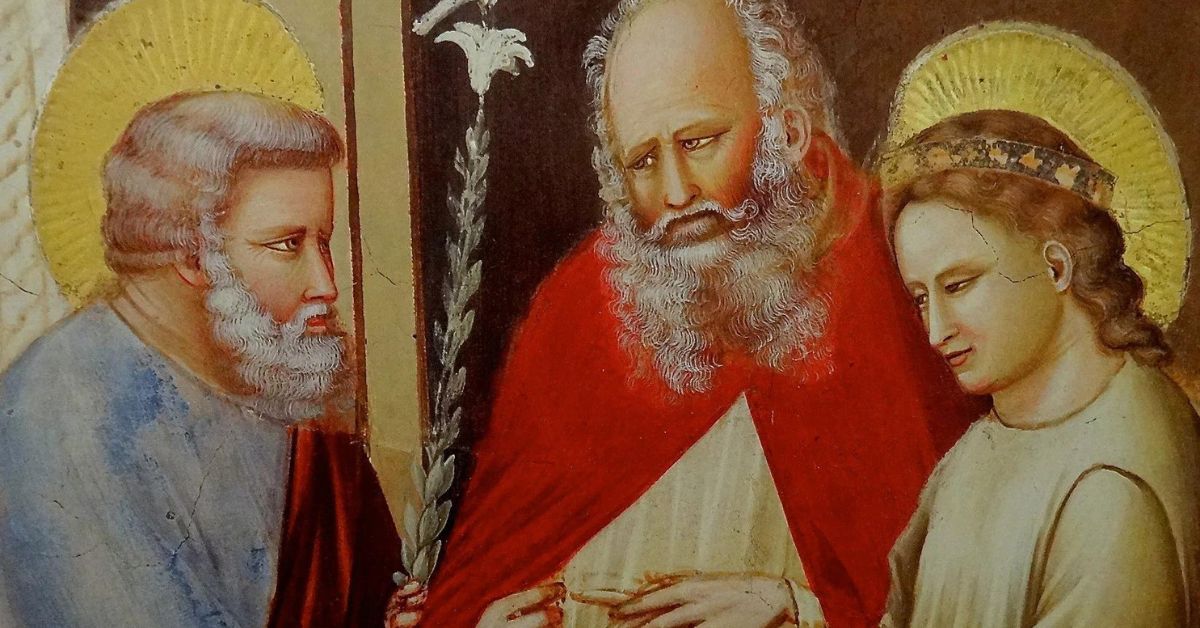The concept of a “guardian redeemer” is deeply embedded in various religious, cultural, and literary traditions around the world. This figure is often seen as a protector, savior, or advocate who intervenes in times of need to provide support, deliverance, and justice. Understanding the multifaceted role of the guardian redeemer can offer insights into human values, ethical frameworks, and the ways we seek and provide assistance in challenging times.
Historical and Religious Context
The term “guardian redeemer” has its roots in ancient religious texts and traditions. One prominent example is found in the Hebrew Bible, where the concept is most vividly illustrated in the Book of Ruth.
The Biblical Guardian Redeemer
In the Book of Ruth, the guardian redeemer, or “goel,” is a male relative who has the responsibility to help family members in trouble or need. This assistance could include redeeming (buying back) land that a poor relative had sold, marrying a widow to preserve the family lineage, or avenging a family member’s murder. Boaz, who becomes Ruth’s husband, is a quintessential example of a guardian redeemer in this context. He acts out of a sense of duty and compassion to protect and restore Naomi’s and Ruth’s fortunes, embodying the principles of loyalty, justice, and mercy.
Guardian Redeemers in Other Traditions
Similar concepts exist in various cultures and religions:
- In Hinduism, deities like Vishnu take on the role of protector and preserver, intervening in the world to restore balance and righteousness.
- In Christianity, Jesus Christ is often referred to as the Redeemer, who saves humanity from sin and offers eternal protection and salvation.
- In ancient Roman culture, the patron-client system functioned similarly, where a patron would protect and provide for their clients in exchange for loyalty and service.
Literary and Cultural Depictions
The archetype of the guardian redeemer appears frequently in literature and folklore, symbolizing the triumph of good over evil and the restoration of order from chaos.
Classic Literature
In classic literature, characters who embody the guardian redeemer often undertake significant sacrifices to save others. Examples include:
- Atticus Finch in Harper Lee’s “To Kill a Mockingbird,” who defends an innocent man despite social and personal risks.
- Jean Valjean in Victor Hugo’s “Les Misérables,” who dedicates his life to helping others after receiving mercy and redemption himself.
Modern Media
In modern media, the guardian redeemer can be found in various forms:
- Superheroes like Batman or Spider-Man, who protect their cities from harm while dealing with their own personal struggles.
- Mentor figures in films and books, such as Albus Dumbledore in the “Harry Potter” series, who guides and protects the protagonist through their journey.
The Role of Guardian Redeemers in Society
In contemporary society, the role of guardian redeemers is reflected in various professions and actions that emphasize protection, justice, and support.
Legal and Social Systems
- Lawyers and advocates often act as guardian redeemers by defending the rights of the vulnerable and ensuring justice is served.
- Social workers and counselors provide essential support and guidance to individuals and families in crisis.
Community and Personal Life
- Community leaders and activists fight for social justice, environmental protection, and human rights, often at great personal risk.
- Family members and friends who step in to support loved ones during difficult times embody the spirit of the guardian redeemer in everyday life.
Conclusion
The concept of a guardian redeemer transcends cultural and temporal boundaries, embodying ideals of protection, justice, and selfless service. Whether through religious narratives, literary characters, or real-life heroes, guardian redeemers inspire us to act with compassion and courage. Embracing the principles of the guardian redeemer in our own lives can lead to a more just, compassionate, and connected world.










